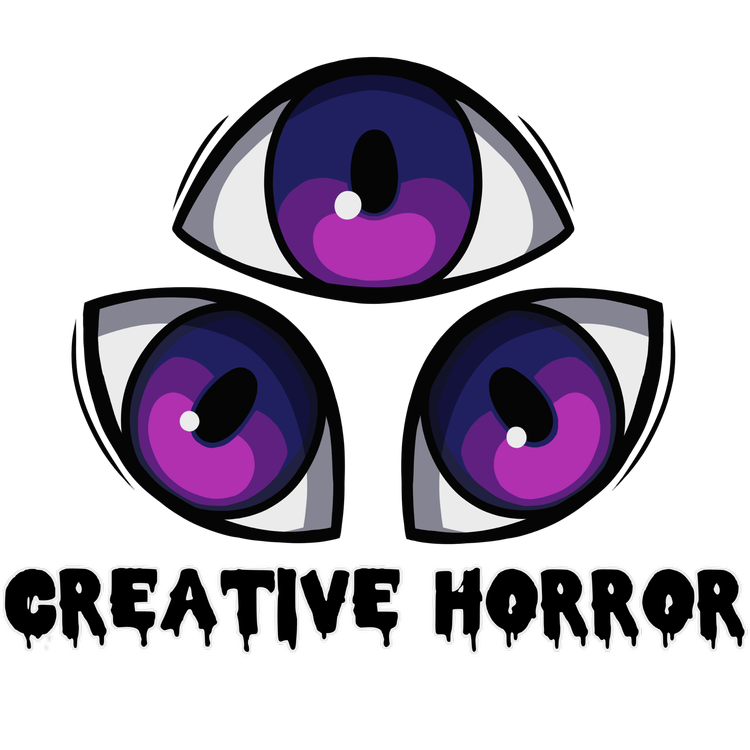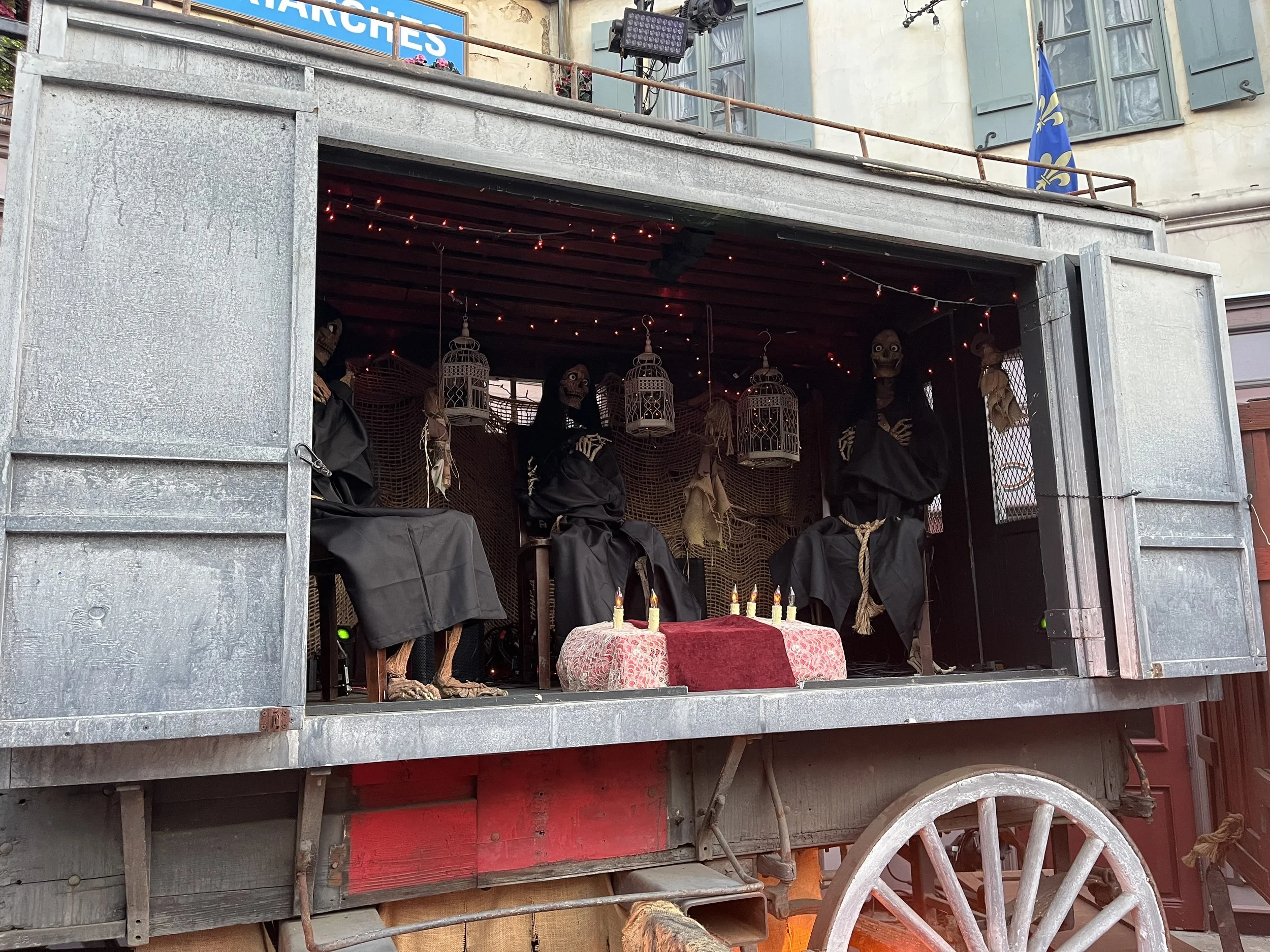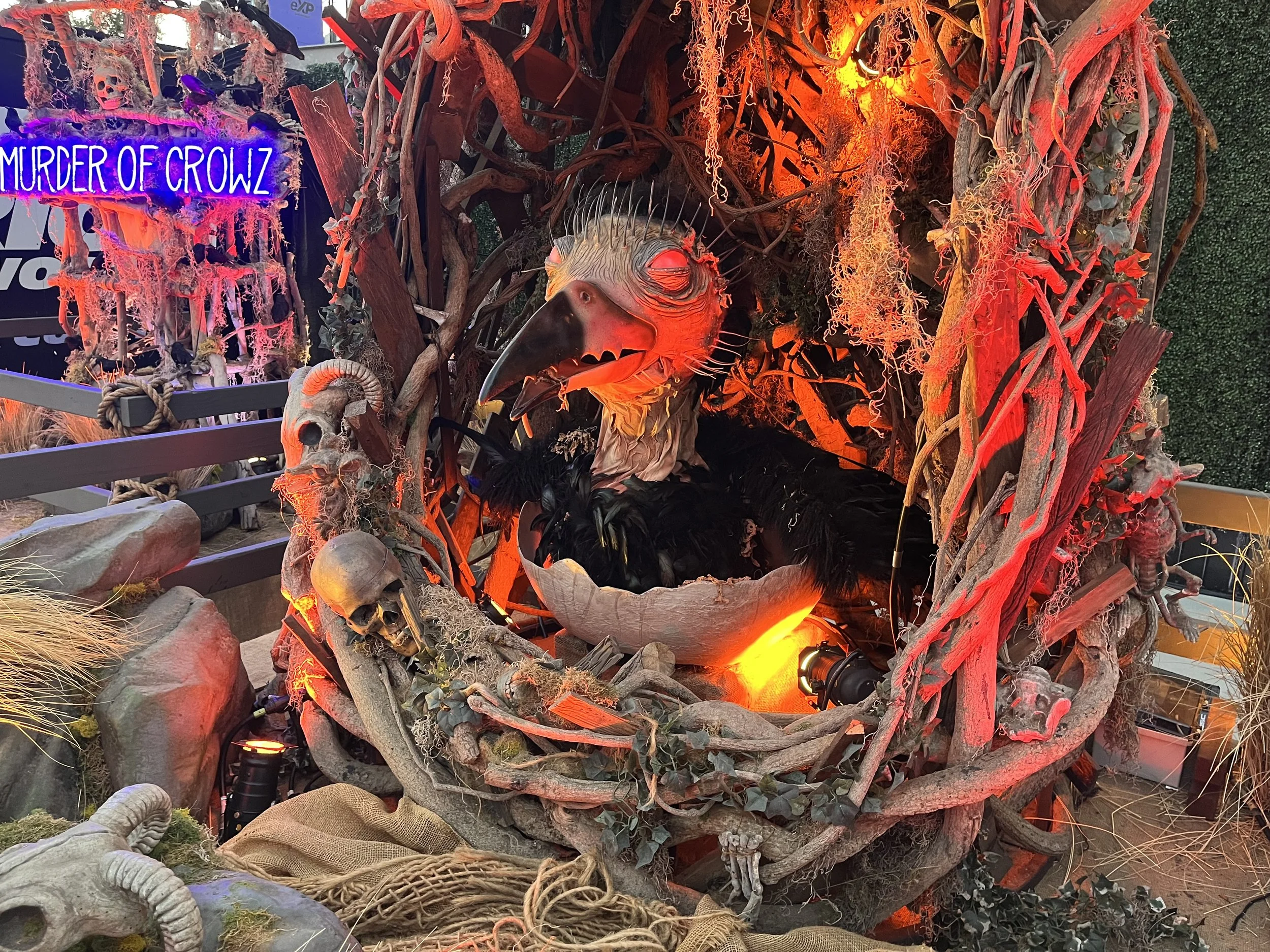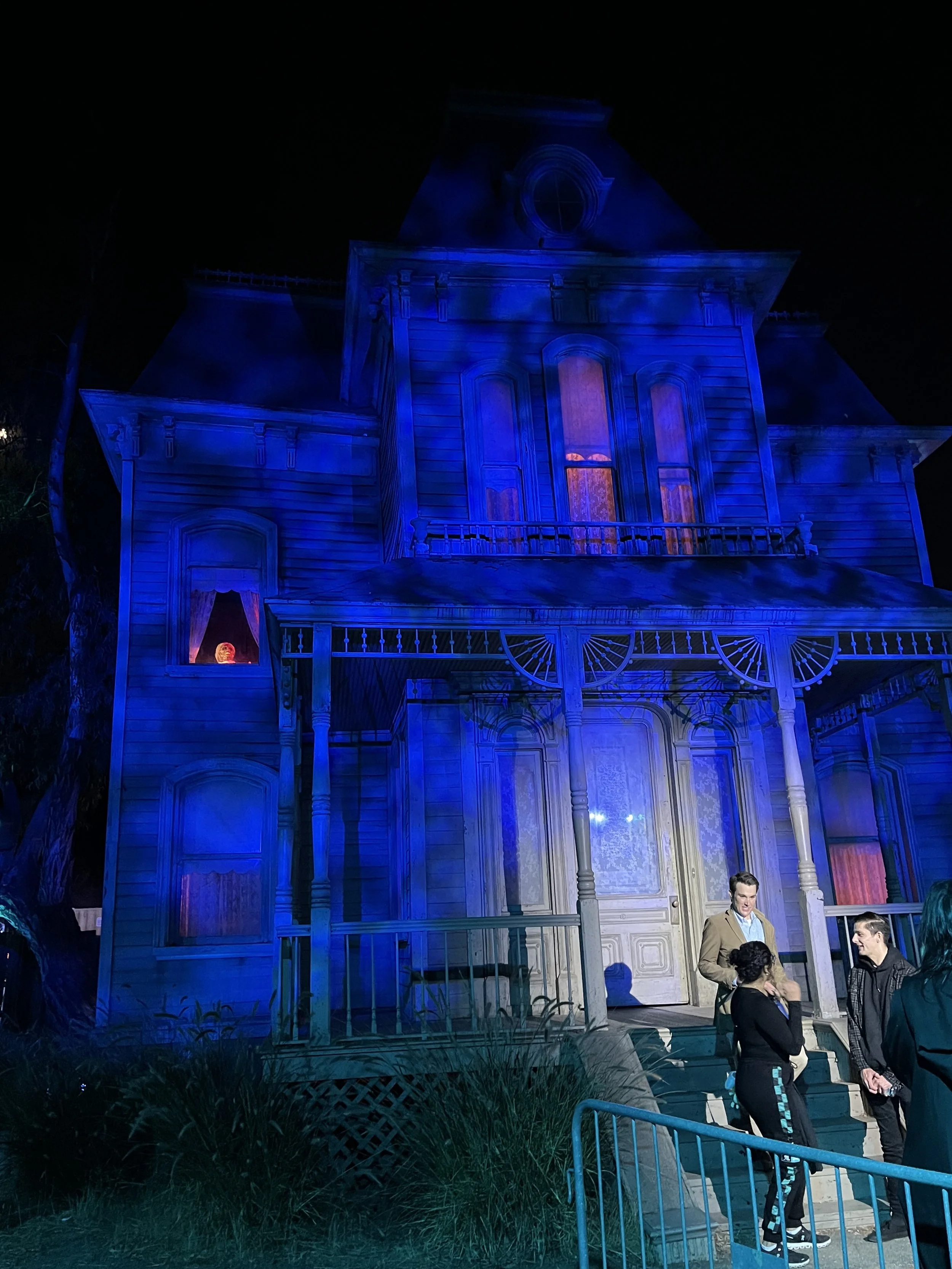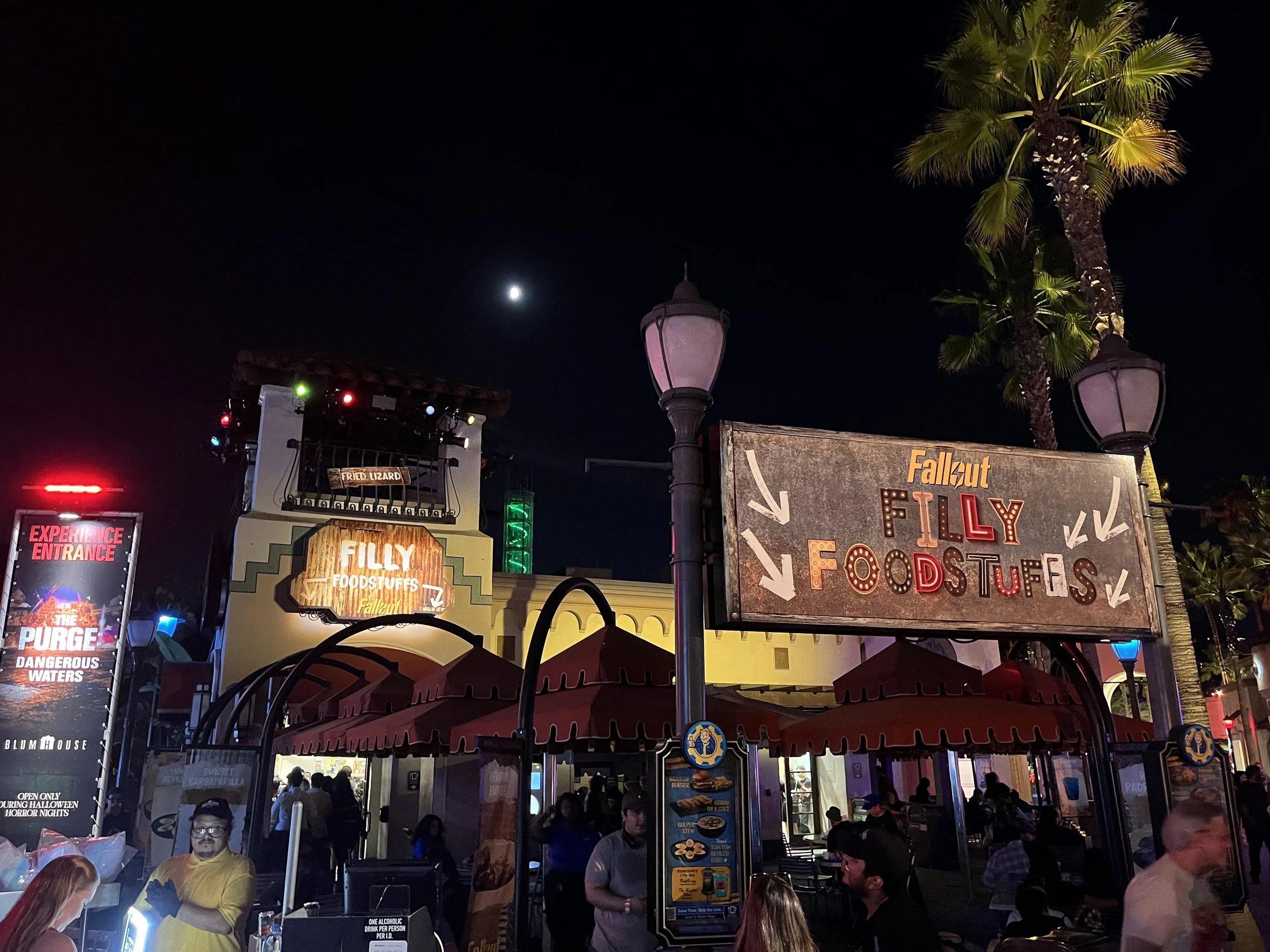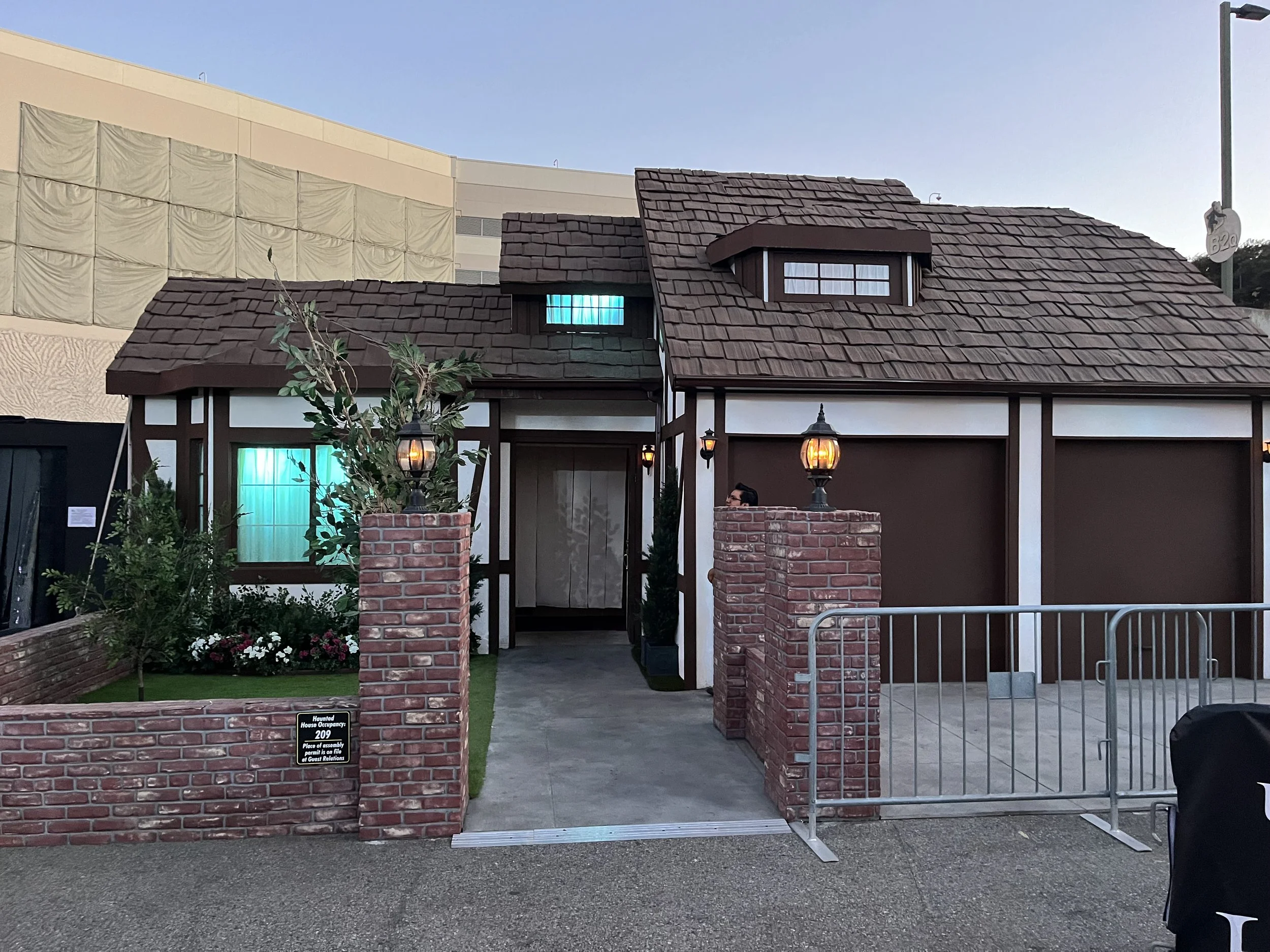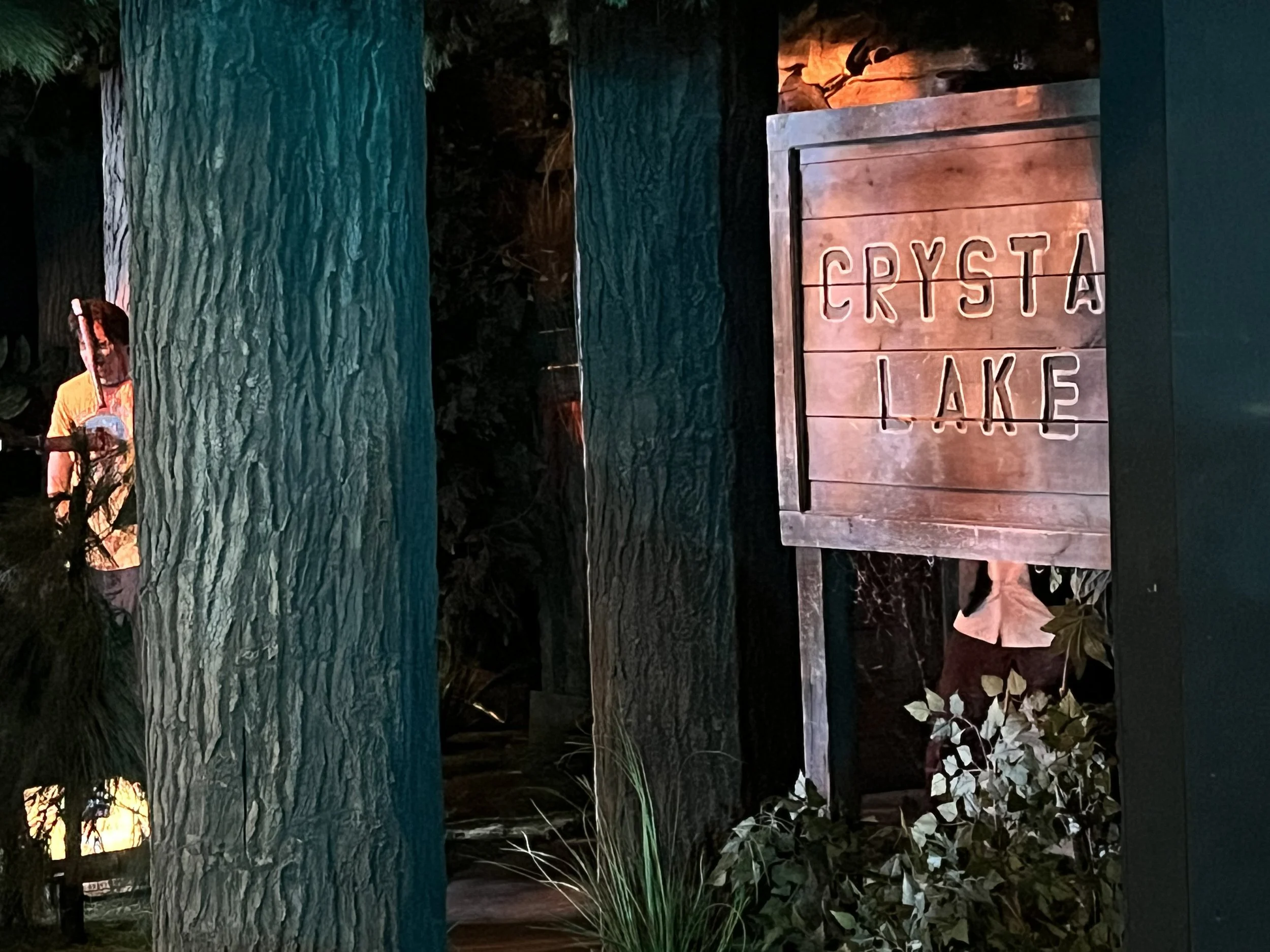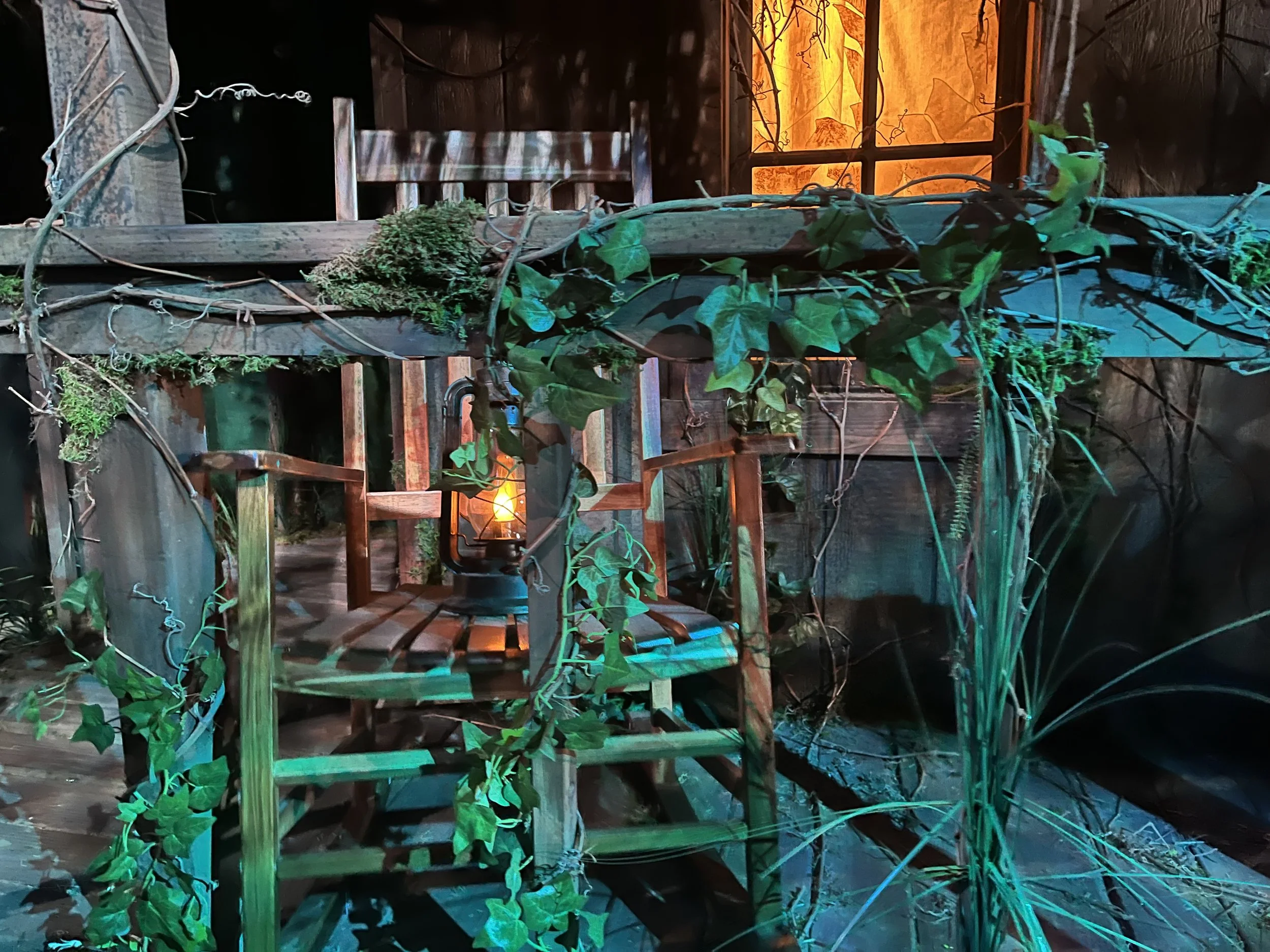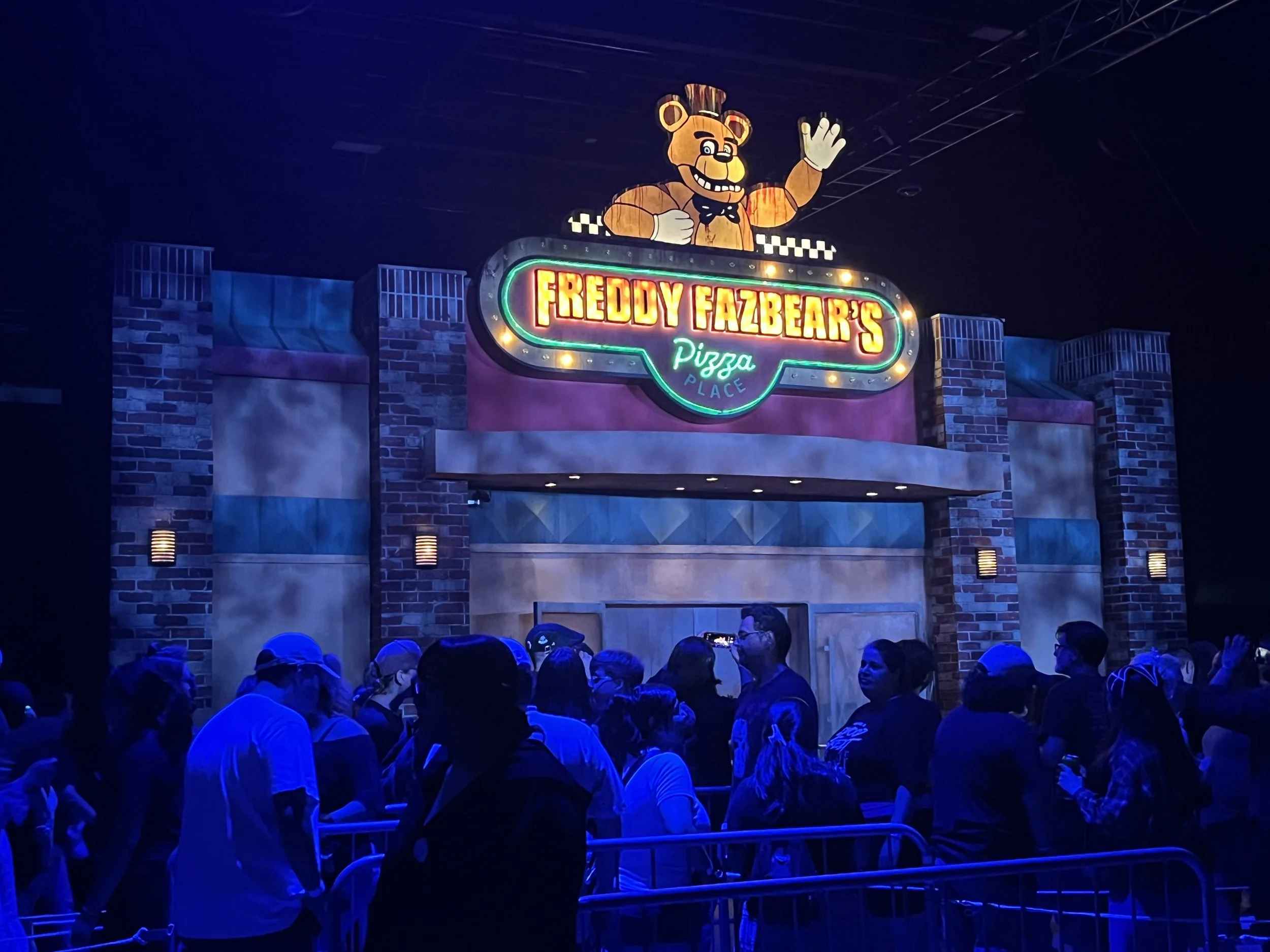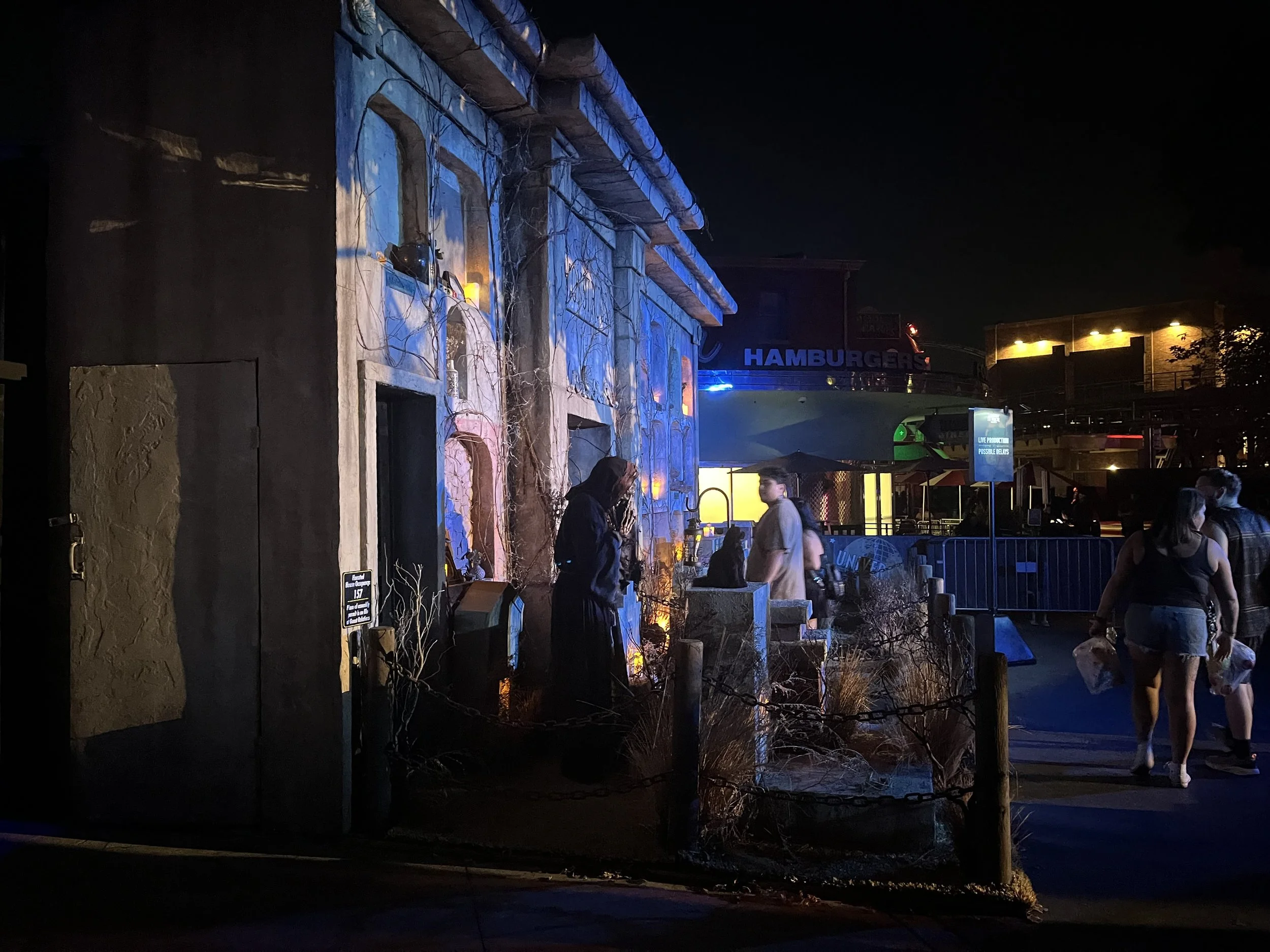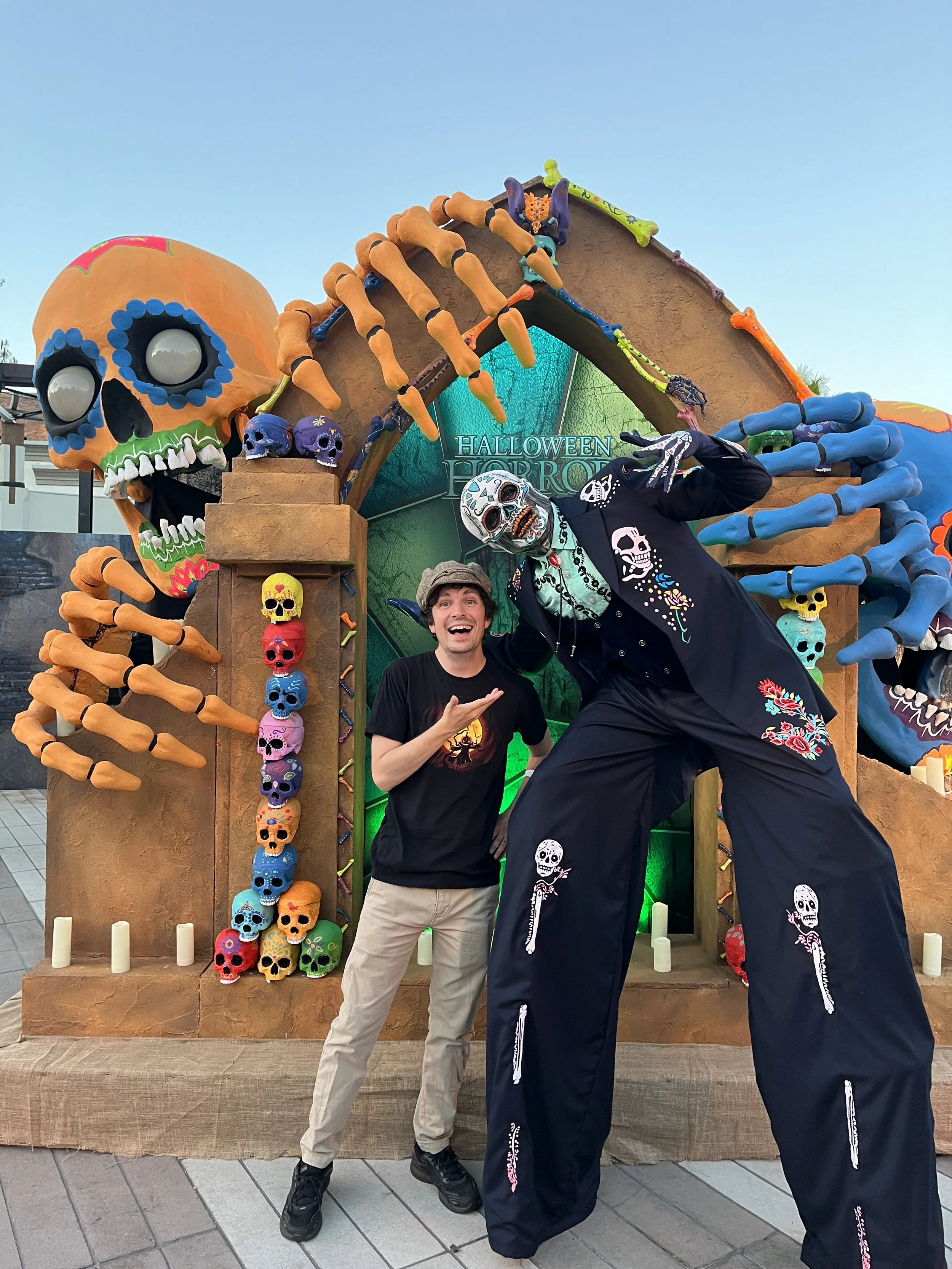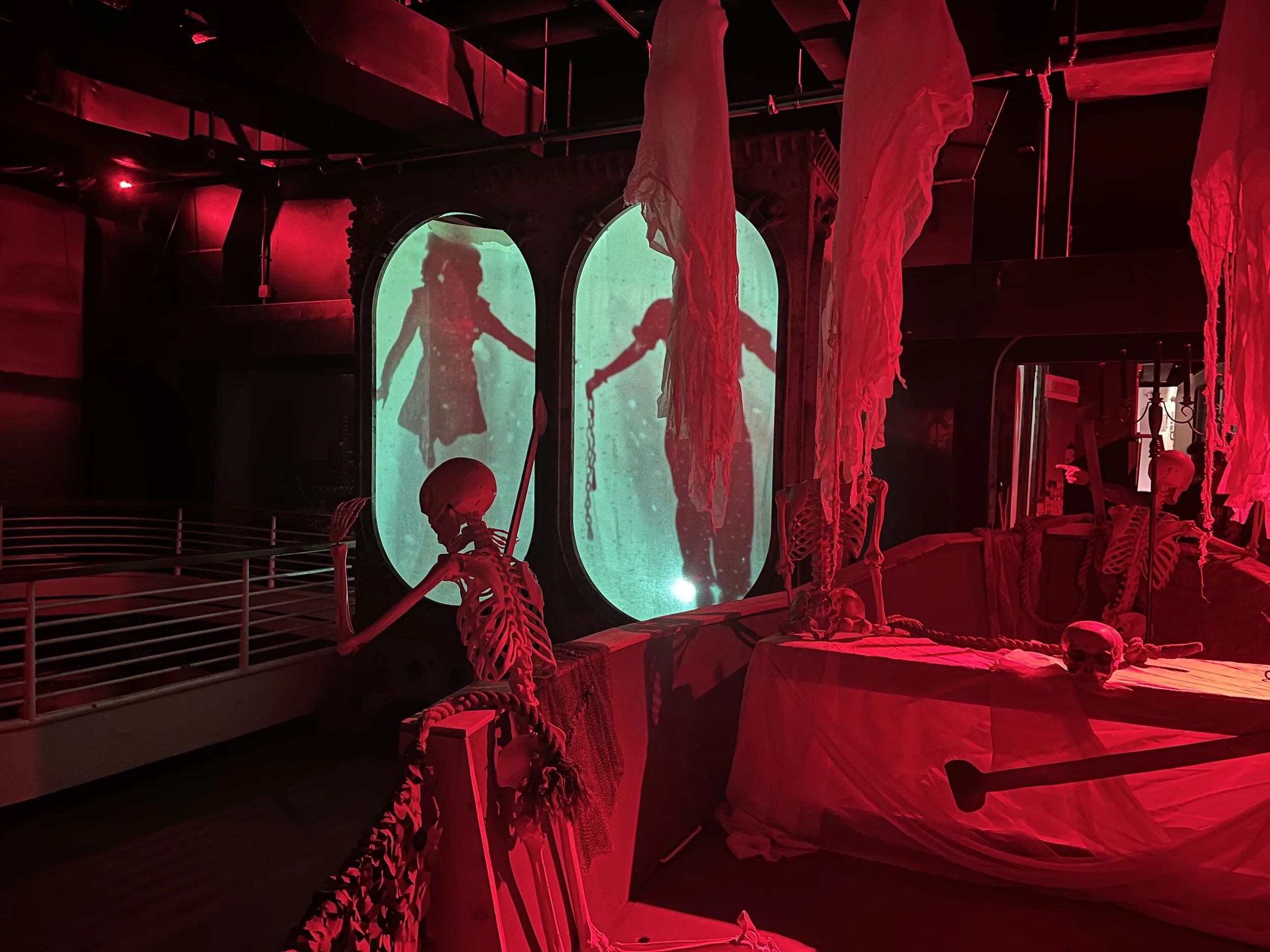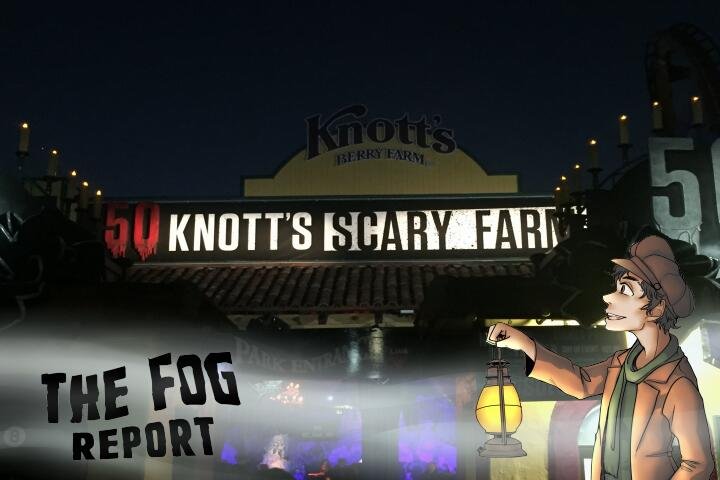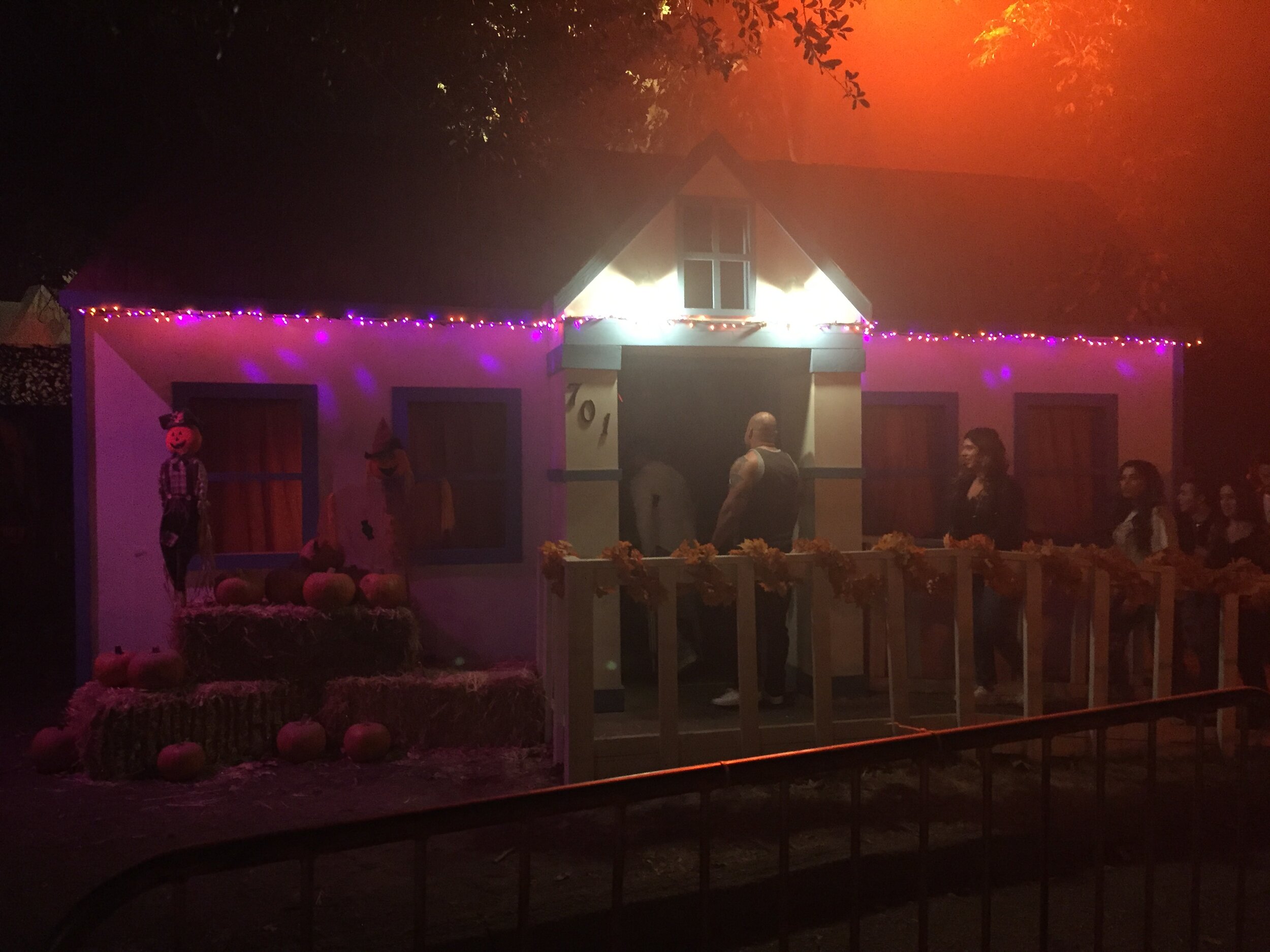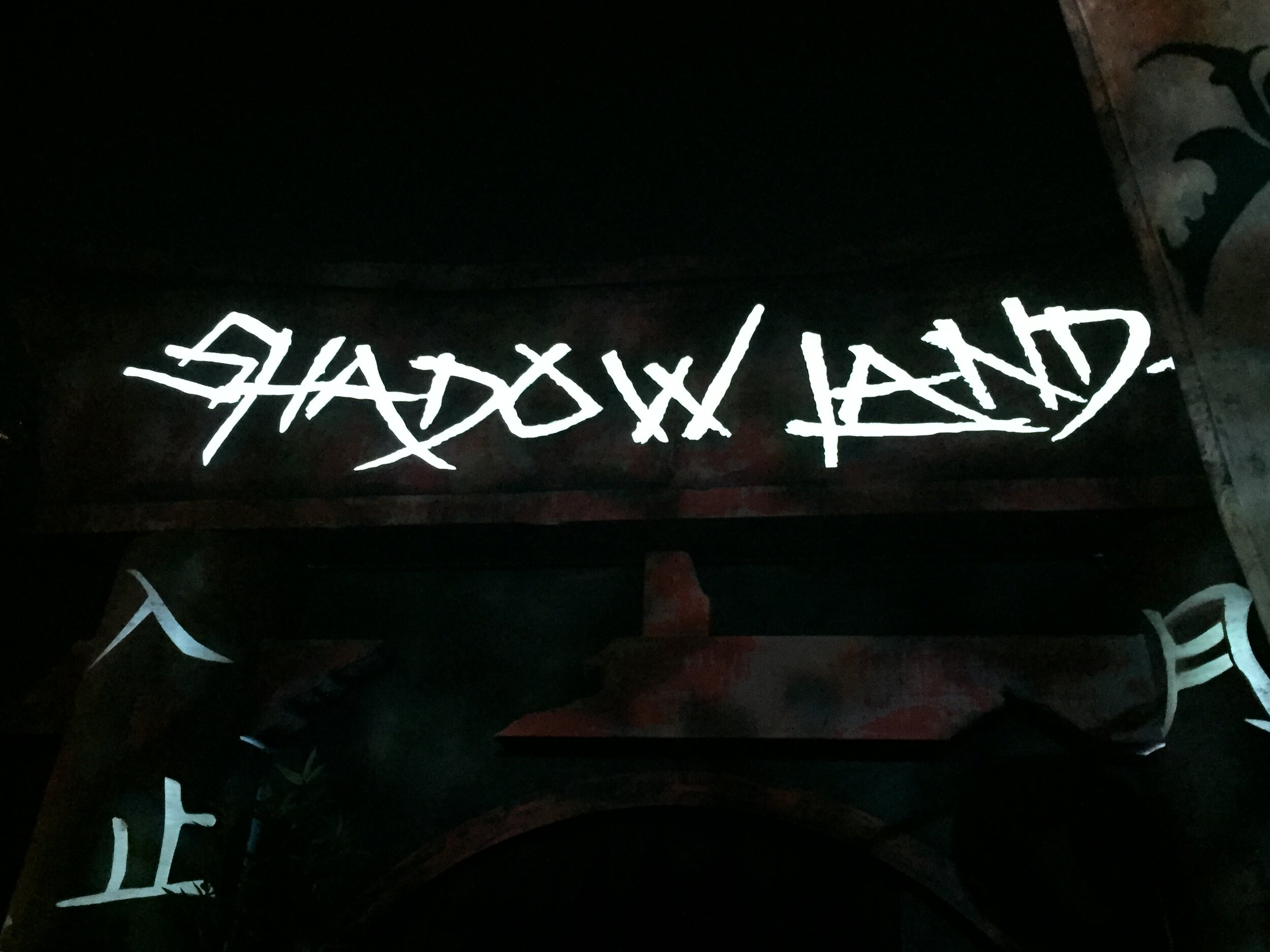The road to Hell is paved with good intentions, intrepid readers, and my intention was to get this out a lot sooner. I think at worst this series only sin is "being better late than never.” And hey, it’s my own deadline. Can you blame me for getting a little turned around in the fog when traveling through the layers of Inferno? Because that’s where Delusion: Harrowing of Hell took me, and the journey was definitely more important than the destination.
As with many local Halloween events, Delusion is one I’ve kept my eye on for some time but never experienced, marking another first for me this year. More immersive theater than haunt, these shows put you in the center of the action and actually ask you to follow the story and, in some cases, make bold choices in a tense situation. Your willingness to play along and allow the immersion to take hold is important here, because this is not a typical conga-line through a maze; you are sent through in small groups from which you might be further separated from, where beats play out and the actors can, in certain circumstances, touch you.
That last point was a red flag for me and still is for a lot of haunts. I draw a line at physical contact in most cases, out of fear of being grabbed, manhandled and pulled somewhere against my will. Knowing this was a factor kept me from Delusion in the past, not wanting to cross that self-made boundary. I understood that this was not an “extreme” haunt where the goal was to make one feel distinctly uncomfortable - my mind goes to the fan-favorite 17th Door haunt - and yet I stayed away, just to be safe.
Then, much like with HHN, a friend in this year’s cast invited me to technical dress rehearsal, and I decided to throw caution to the wind and set off down the Pagan’s Path. I’m good to try almost anything once, and I figured that I’d never have to do it again if I didn’t like it.
The problem is, I liked it. Quite a lot.
Delusion: Harrowing of Hell takes place in the storied Variety Arts Theatre, right in the heart of downtown Los Angeles. Upon arrival, you are welcomed into an eerie red-lit nightclub/lounge as you wait for your turn to walk the Pagan’s Path, the story being that a supernatural cult is running the place and welcoming pilgrims to follow a route inspired by Dante’s Inferno to reach Hell itself. The main lounge’s scarlet lighting and pounding music give way to cool blue tones and chill beats if you go down the basement stairs to The Ninth Circle, so you can take your pick about which vibe you’d rather have. Both spaces give you an opportunity to ease into the world, have a drink or two and relax as you take in the atmosphere.
Once you are called, the real experience begins. Heading upstairs and passing through a creepy study further emphasizing the occult research going on, you only have to wait a little longer until your party is sent forth. I won’t go into too many details - don’t want to spoil the surprise too much, and going in blind was so worth it - but the Pagan’s Path takes you through a variety of eerie scenes and tense vignettes, meeting masked “Virgils” who guide you through each twisted realm as you get more and more lost in the building’s dark spaces, transformed with superb set dressing and theatrical lighting into circles of Hell.
I’ve stressed immersion several times because rare is the experience that does this well, but Delusion excelled. During my sojourn I ascended and descended a dark elevator several times; was made to go solo to grab a key while avoiding a blind, pitchfork-wielding nun; wade through a foggy “river of filth” laser lake while something half-seen chased us; hid while a shadowy Medusa glided through the gloom where the only proper detail I could see was how the snakes on her head writhed; and paid to cross the River Styx as moaning phantoms rose from the mist and tried to pull us in.
My describing these doesn’t really do it justice, as it really needs to be experienced, but I was deeply impressed by the scope and staging of Delusion. There are hints of a bigger world that you only briefly pass that I appreciated - an eerie mannequin lying outside a glass door, a decadent dinner arrangement off to a side that seemed to be random animal (and possible human) parts, or a crumbling graveyard as backdrop as you rush to the next scene. It was surreal, frightening but also adventurous; dramatic and unsettling as opposed to gross and startling. It earns its scares and paces itself beautifully.
And my concerns about the contact with the actors was moot in the end. If anything, the touches are light, either brushes or soft encouragements, and make sense in context. One of my group was gently led away by a tall, smiling figure, and shortly thereafter discovered the missing person with his wrists bound and had to untie him before a looming horror reached us; and in my case, when a lost soul reached out of the fog in a winding corridor begging for help, I reached out for them to follow us and they took my hand and let me lead them while everyone else ran scared. It was ultimately beneficial from a story perspective because said soul ended up giving us good advice on traversing our next trial. I think Delusion strikes a really good balance, and your willingness to play along is rewarded.
If I have any gripes, its less about the experience and more the people I was with, which leads me to my one big piece of advice: go with people you know. I flew solo and got lumped in with a group that seemed like they were just expecting a typical haunted house. They weren’t as willing to play along with their "aw Hell no” attitude, and while I was trying to enjoy the experience, they were cracking jokes and being rude, which meant I missed some parts of the story with their constant commentary. It was honestly their loss, but I wish I’d gone with people who wanted to play in the space and suspend disbelief.
Overall, having gone in with zero expectations, Delusion: Harrowing of Hell felt like a great introduction to the event, and one I’ll keep tabs on for the future. I retroactively wish I’d gone to previous presentations of Delusion, but I look forward to seeing what they do next. It’s the kind of thing I am glad to see and, depending on the theme, will gladly try again.
I still have plenty more stops to make this season, though I doubt anything else will be as haunting or Hellish. If you do decide to walk the Pagan’s Path this October, take a drink for me at The Ninth Circle. Good luck, and I’ll see you in the fog.
Delusion: Harrowing of Hell operates select nights until November 9th. You can look into it yourself and purchase tickets here. Special thanks to Sandy Stoltz for the invitation and opportunity to experience this event!
